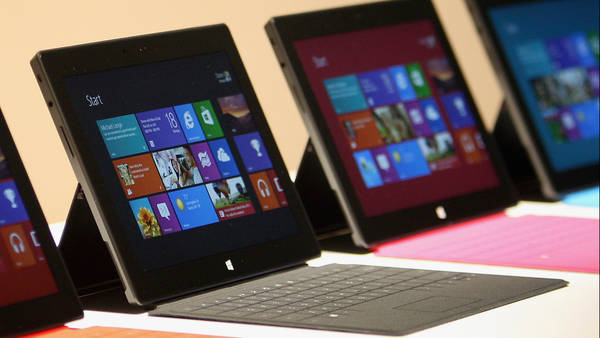
You’ve just opened up a brand new tablet, cutting-edge PC or console, or an amazing smart TV. The cash has been spent, you’re excited; you’re geared up for 4K streaming, seamless gaming, and rapid web browsing. But then, reality sets in. Harsh buffering delays, lag spikes, and that irritating spinning wheel of frustration. How? You own the latest devices and a high-speed nbn® plan with a Fibre to the Premises (FTTP) or Hybrid Fibre Coaxial (HFC) connection, so what’s the problem?
It’s a frequent situation; your new technology is impaired by a slow or unreliable internet connection. You may invest in the most recent gadgets, but if your Wi-Fi router is obscured or outdated, those new devices could perform just as sluggishly as your old ones.
If your Wi-Fi setup is outmoded or improperly configured, even the fastest processor and clearest display may not rescue you from a slow online experience. If your Wi-Fi router is older than five years, consider whether it’s still adequate for your technology. Don’t let your new devices be hindered by an antiquated Wi-Fi signal. Let’s resolve that!
Location, location, location: The position of your Wi-Fi router is essential
Think of your Wi-Fi router as a small broadcasting station. Its signal requires a clear route to reach you effectively. Placement is frequently the simplest improvement for optimizing your home connection. Here are some quick adjustments to enhance your browsing and streaming:
Expose it
Your Wi-Fi router might not fit your decor, but it shouldn’t be hidden in a cabinet, behind the TV, or beneath magazines. These obstacles act as signal blockers, diminishing your Wi-Fi. Allow your router some space!
Elevate it
Wi-Fi signals radiate outwards and generally move downward. Positioning your Wi-Fi router on a shelf at waist height, mounting it on a wall, or placing it atop a desk can help its signal reach further and with reduced interference, avoiding floor-level clutter.
Aim for the center
If your Wi-Fi router is located in a back room, it may struggle to connect with devices on the opposite side of your home. Seek a central location, preferably where you utilize your internet the most, to guarantee stronger signal distribution throughout your living area.
Watch out for Signal Disruptors
Certain household items are infamous for disrupting Wi-Fi signals. Microwaves, cordless phones, baby monitors, and large metal appliances can interfere with your signal. Keep your router away from other electronic devices to avoid interference.
What size area are you covering?
In larger or multi-story homes, a single Wi-Fi router may not supply the coverage you require. If there are dead zones, consider a Wi-Fi mesh system. These configurations utilize multiple units to establish a single, unified network that can help enhance signal strength throughout your home.
The solution might be in your device’s updates and configurations
In addition to the physical placement of your router, digital adjustments can significantly impact performance. If relocating your Wi-Fi router hasn’t resolved your connectivity issues, these device optimizations can ensure your gadgets and Wi-Fi router collaborate for superior download and browsing speeds.
First, check your Wi-Fi router’s firmware. This is the operating system for your Wi-Fi router. Manufacturers issue updates to enhance performance, increase security, and support compatibility with newer, faster internet standards. An outdated Wi-Fi router firmware can limit newer devices from achieving their full capabilities. Most contemporary Wi-Fi routers have an auto-update feature, but it’s advisable to check your router’s settings to confirm everything is up to date.
Next, consider the devices themselves. Like the Wi-Fi router, your laptop, phone, tablet, and smart TV gain from regular software updates. These updates provide network driver improvements and performance boosts that affect your Wi-Fi speed and stability. Don’t keep hitting “remind me later,” download those updates!
Finally, a pro tip: sometimes, changing Wi-Fi channels on your router can be beneficial. These Wi-Fi channels can become congested like lanes on a highway. If too many devices are using the same lane, traffic slows down. Try switching your Wi-Fi channel in your router’s settings to a less crowded one, and utilize online tools to identify the least congested channels in your vicinity.
By implementing these straightforward steps—optimizing your router’s location, keeping its firmware updated, and ensuring all your devices align with your needs—you’ll secure smoother browsing, quicker downloads, and a superior online experience across all your devices. Update, rearrange, and provide your gadgets the best opportunity to excel at their highest potential!
For additional advice on enhancing your internet setup, check out the nbn website.